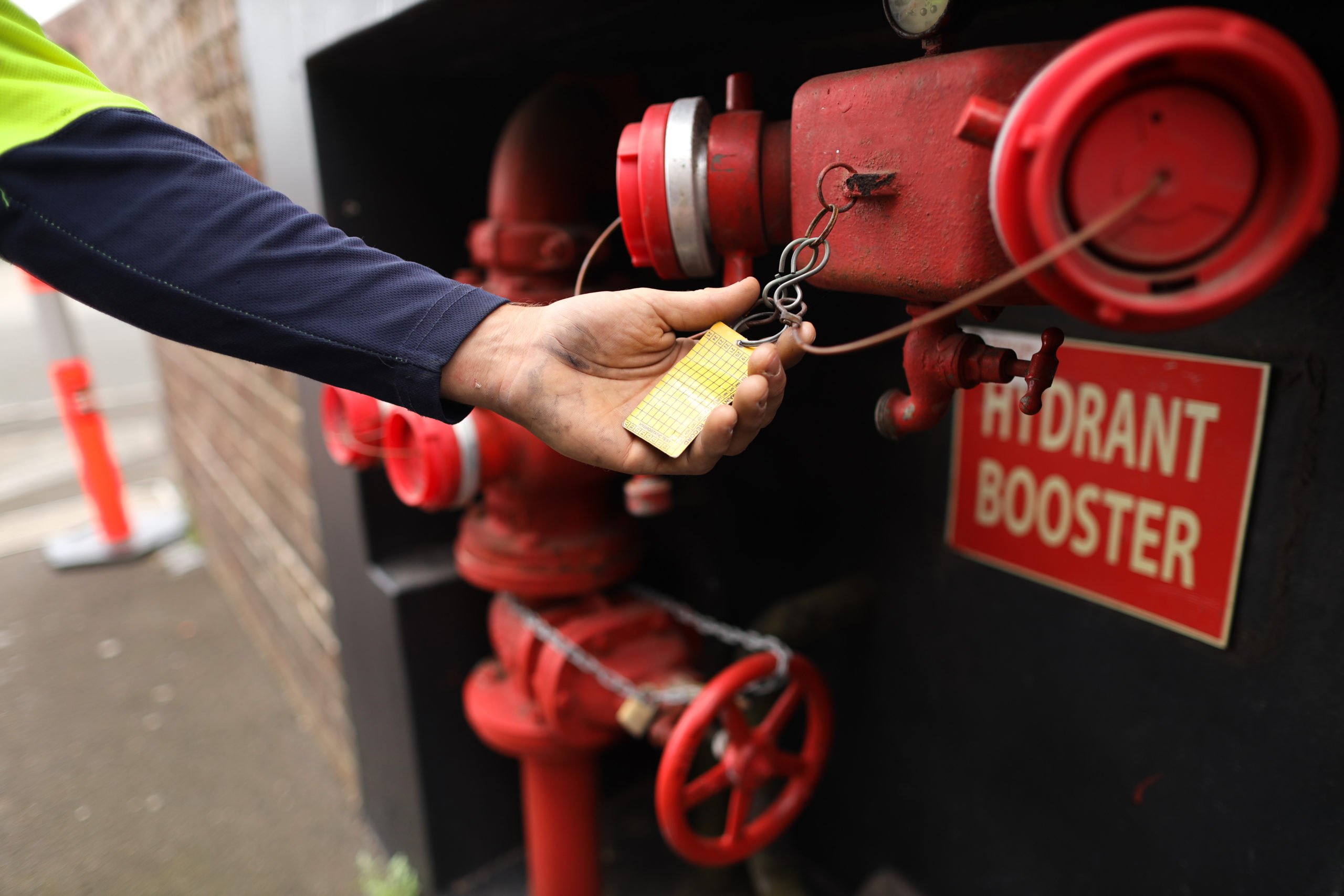Emergency Room (ER) Technicians, also known as Emergency Department (ED) Technicians, are often the first healthcare professionals who interact with a patient. They work under the supervision of a registered nurse or physician and are trained to handle a variety of tasks. When it comes to Cardiopulmonary Resuscitation (CPR) and Basic Life Support (BLS), there are several essential skills and tasks that they must know:

Chest Compressions
ER technicians generally start CPR with chest compressions. This action involves periodically putting pressure on the patient’s thorax to pump oxygen-poor blood from the heart to the rest of the body. It’s necessary to place your hands center-aligned on the chest, right above the heart. A depth of almost 2 inches for adults or 1/3 of the chest’s depth in children and infants should be achieved. The ideal rate is 100-120 beats per minute. Consistent and high-quality chest compressions significantly can improve survival chances.
Ventilations (Rescue Breaths)
Ventilations or rescue breaths follow chest compressions during CPR. The objective is to introduce oxygen-rich air into the lungs, which subsequently gets pushed into the circulatory system via chest compressions. ER technicians often use a bag-valve-mask (BVM) or a barrier device, depending on the patient’s age, size, and condition. This step is vital as it ensures the cells in the body receive much-needed oxygen to avoid permanent damage.
Use of Automated External Defibrillator (AED)
Automated External Defibrillators (AEDs) are lifesaving devices used during a cardiac arrest situation, particularly for arrhythmia (irregular heartbeat). Here, the device reads the patient’s heart rhythm and decides whether a shock is necessary. An ER technician needs to optimally place the AED pads on the patients’ chest to ensure effective conduction of the electrical shock. The shock helps to reset the heart rhythm, allowing for a chance for normal rhythm to take over.
Choking Relief
When someone is choking, their airway gets blocked, primarily by food or another object, which prevents them from breathing efficiently. ER technicians need to swiftly assess whether the patient can cough the object out by themselves or needs assistance. The Heimlich maneuver is an effective way of removing the object in a conscious person. In unconscious patients, ER teams would intubate, provide chest compressions and ventilations as needed to clear the airway.
Team Dynamics
ER technicians work in a high-stress, fast-paced environment and need to communicate, cooperate, and collaborate well within the resuscitation team. Efficient role distribution, timely relaying of information, mutual respect and adaptability among team members can significantly improve the CPR outcome.
Recognition of Cardiac Arrest
Recognising cardiac arrest instantly is vital to initiate emergency procedures. While sudden collapse, absence of pulse, unconsciousness and irregular breathing are common symptoms, sometimes signs like chest pain, difficulty in breathing, and fatigue may precede. ER technicians need to continuously monitor and be ready to start CPR without delay.
Post-Cardiac Arrest Care
Post-cardiac arrest care focuses on stabilising the patient condition, preserving organ function and improving patient’s chances of recovery after the return of spontaneous circulation (ROSC). ER technicians may assist with interventions like therapeutic hypothermia, arterial blood gas analysis, and monitoring vital stats like blood pressure, heart rate and oxygen saturation in the body.
CPR for Special Situations
Special situations demand modifications in the standard CPR technique. For example, in pregnant women, ER staff place the woman on her left side to aid blood flow. In infants, they use two fingers to provide chest compressions. In patients with ventricular assist devices, chest compressions may be avoided. ER technicians should be aware and trained in managing such special cases.
Here’s something to ponder: About 62% of U.S. fire departments deliver some form of emergency medical response service, with 60% offering Basic Life Support, 22% providing Advanced Life Support, and 21% carrying out EMS ambulance transport services. Consequently, it’s safe to say many firefighters have medical training. While it’s not a requirement for all firefighters to be paramedics, most departments mandate firefighters to be Emergency Medical Technicians (EMTs). As a rookie firefighter in Florida with a medical background, could becoming a Fire Officer 2 be in your future?



